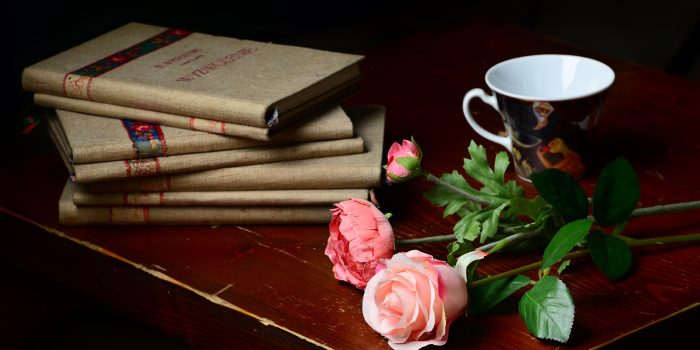Here’s Part Two in identifying meter in poetry.
In Part 1, I introduced the iamb, or iambic metrical foot, composed of one unstressed syllable followed by one stressed syllable sounded as “de-DUMM.” Say “to-day” to hear the emphasis on the second syllable. I introduced iambic meter first because this metrical unit mimics English speech patterns more closely than others.
Familiarity with meter helped me become a better reader of poetry and a better poet. Meter is the type and number of metrical feet per line in a poem and gives the poem its rhythm. A poem with one iamb per line is called iambic monometer. Two iambs per line forms a dimeter. Three forms a trimeter, four a tetrameter, five a pentameter, six a hexameter, seven a heptameter, eight an octameter, etc.
The trochee, or trochaic metrical foot, is formed by one stressed syllable followed by one unstressed syllable sounded “DUMM-de.” Say “po-et,” to hear the emphasis. A trochaic monometer mirrors, or is opposite, the iamb.
Here are samples of both:
The anapest, or anapestic foot, is formed by two unstressed syllables followed by one stressed syllable sounded as ‘de-de-DUMM.” Say “in-ter-rupt” to hear the three syllables in anapestic meter. The name patterns progress the same as iambic lines except each foot contains three syllables per foot.
The dactyl, or dactylic foot, is formed by one stressed syllable followed by two unstressed syllable sounded as DUMM-de-de. Say “po-e-try.” Name patterns remain the same. Dactyl meter mirrors anapest.
The last metrical foot, spondee, is formed by two stressed syllables occurring together sounded as DUMM-DUMM. Say “book-mark.”
Now, it is time to analyze a poem to learn its meter. The steps I follow are:
![]() Listen carefully as I read the poem aloud.
Listen carefully as I read the poem aloud.
![]() Try to hear stressed and unstressed syllables.
Try to hear stressed and unstressed syllables.
![]() Divide the words into syllables with a slash or hyphen between the syllables.
Divide the words into syllables with a slash or hyphen between the syllables.
![]() Remember, a syllable must have at least one vowel.
Remember, a syllable must have at least one vowel.
![]() Identify stressed and unstressed syllables by searching the words in the dictionary.
Identify stressed and unstressed syllables by searching the words in the dictionary.
![]() To find or identify syllables, search online at howmanysyllables.com.
To find or identify syllables, search online at howmanysyllables.com.
![]() To hear syllables, search online at howtopronounce.com.
To hear syllables, search online at howtopronounce.com.
![]() Identify the type of metrical foot. Ex: stressed + unstressed syllable = trochee.
Identify the type of metrical foot. Ex: stressed + unstressed syllable = trochee.
![]() Count the number of feet per line. Ex: five trochees per line = trochaic pentameter.
Count the number of feet per line. Ex: five trochees per line = trochaic pentameter.
If I study the information in Part 1 of Identifying Meter and follow the steps in Part 2, I begin to identify different metrical units. Robert Louis Stevenson’s The Wind is a simple poem on which to practice. Try to finish marking meter on this verse.
The Wind (verse 1)
The poem has eight syllables per line, one unstressed followed by one stressed, which makes four iambic feet. Stevenson’s poem is written in iambic tetrameter.
Finally, I will end this post with additional important tips to remember:
![]() An iamb is the most common metrical meter, followed by trochee.
An iamb is the most common metrical meter, followed by trochee.
![]() Free verse does not have a meter but may contain types of rhyme (Ex: internal).
Free verse does not have a meter but may contain types of rhyme (Ex: internal).
![]() Many poetry types have no meter or rhyme but must count syllables (Ex. haiku).
Many poetry types have no meter or rhyme but must count syllables (Ex. haiku).
- A Miniature Poetry Pamphlet - March 25, 2024
- Identifying Meter II - May 1, 2023
- Identifying Meter - April 24, 2023

